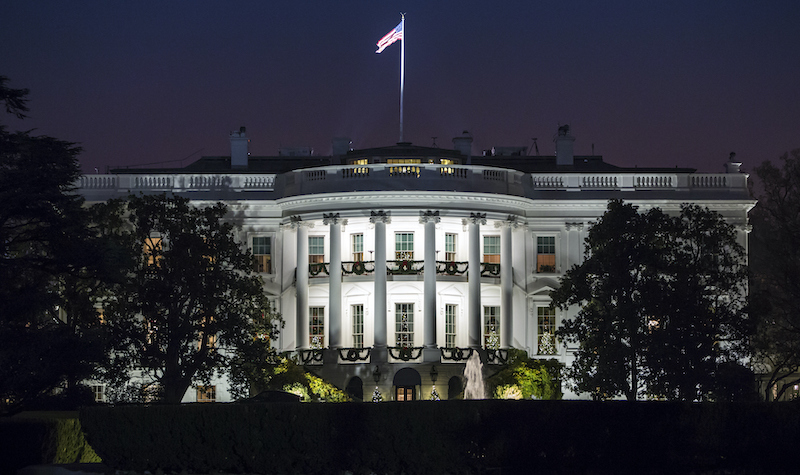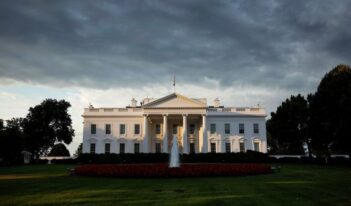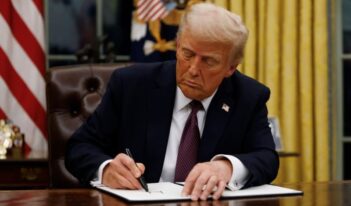
As Biden’s inauguration approaches, regulators race against the clock to finalize rules.
The clock has already struck midnight in Washington, D.C.
That “midnight” period—typically defined as the time between the presidential election and inauguration day—is anything but quiet, as regulators race against the clock to finalize new rules before leadership changes hands.
Outgoing administrations typically issue three times as many rules in this final quarter of the year as they do in other years. Such increased regulatory output has accompanied every presidential transition since the Carter Administration left the White House in 1981.
Regulatory scholars agree that the primary cause of this late-term surge stems from the impending presidential transition.
Susan E. Dudley, former Administrator at the Office of Information and Regulatory Affairs (OIRA) during the Bush Administration, argues that political appointees often feel pressured to make a last-ditch effort to advance the outgoing administration’s regulatory agenda before a new administration comes in and alters priorities. She contends that non-political agency staff may also feel rushed to finalize rules they have been working on for years in an effort to avoid bringing new people “up to speed.”
Jack M. Beermann, a professor at the Boston University School of Law, advances a similar theory based on a series of interviews he conducted with former agency officials. He suggests that midnight rulemaking predominantly results from “hurrying to complete work” that agency officials fear will be “scuttled or delayed” by the upcoming transition.
Politics, he adds, may be a secondary consideration. “There is also a sense that outgoing administrations are motivated by a belief that their policies are superior to those of the incoming administration,” which results in rushed rulemaking in the final quarter.
Notably, though, midnight regulations are prevalent even when the political party of the new administration remains the same. Data support the contention that midnight regulation should be seen as a natural consequence of the complex rulemaking process.
The Government Accountability Office (GAO) has determined that, on average, the rulemaking process takes four years to complete. It is not surprising then, that many rules emerge “from the procedural pipeline” in the final months of an administration.
Even so, midnight regulations worry some scholars. Analysis by Jerry Ellig and Rosemary Fike suggests that regulations issued in the midnight period undergo lower quality impact analysis compared with other regulations. They argue that midnight regulations may overwhelm OIRA’s review capacity, leading to rushed and inadequate reviews of final rules.
Some scholars reject this conclusion. Sally Katzen, former OIRA Administrator during the Clinton Administration, has challenged this argument, noting that even though the midnight period might change the rule review process, it does not diminish the resulting quality of the review itself. She explained how, during the midnight period under her leadership, OIRA staff performed multiple steps in the process simultaneously rather than sequentially.
Other administrations have been undeterred by these quality concerns. Historically, many midnight regulations have been economically significant rules—that is, rules expected to result in $100 million annual costs to the economy.
In 2016, President Obama issued a record 41 economically significant rules during his midnight period, surpassing forecasting models and the regulatory output of his predecessors. So far, the Trump Administration has kept pace with the Obama Administration’s midnight activity—but it is still too early to tell what the final rule count will tally.
Several of President Trump’s midnight regulations have advanced his deregulatory policy agenda. The President has relaxed standards for energy efficient appliances, loosened rules on federal banks, and lowered minimum wage requirements for immigrant farmworkers.
In recent weeks, midnight regulations have caught Congress’s attention. Several Democratic representatives from the Committee on Oversight and Reform introduced a bill that would increase congressional oversight of midnight regulations. The bill would require GAO to generate a report of all regulations issued during the Trump Administration’s final quarter within a year of President-Elect Joe Biden’s first term. The bill would also require a summary of the scope and impact of the midnight regulations as well as an analysis of their significance compared to regulations issued in other quarters.
So far, the U.S. House of Representatives and the U.S. Senate have declined to bring the bill to the floor for a vote. Undeterred, the Democratic leaders who introduced the bill have asked GAO for the information the bill would force them to provide.
Their letter to GAO states that “Congress has tools to address midnight rulemaking, one of which is an expedited disapproval process afforded by the Congressional Review Act.” Once President-Elect Biden takes office, he may strategically use the Congressional Review Act to undo many regulations issued during the midnight period—an effort that will be made easier now that Democrats control Congress.



